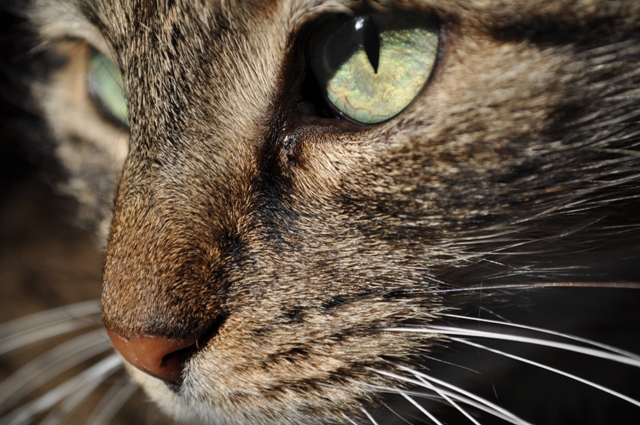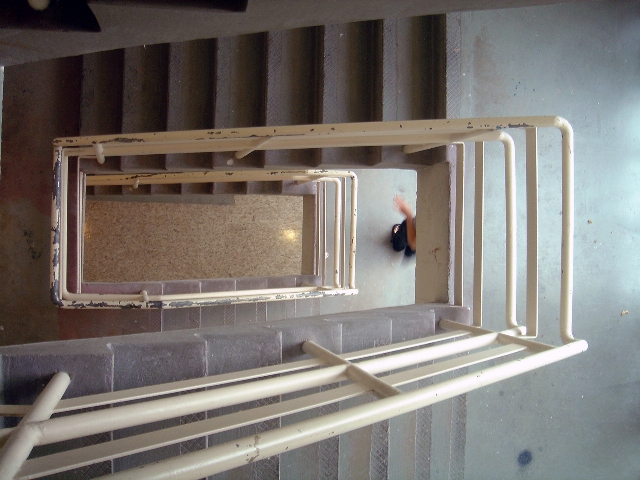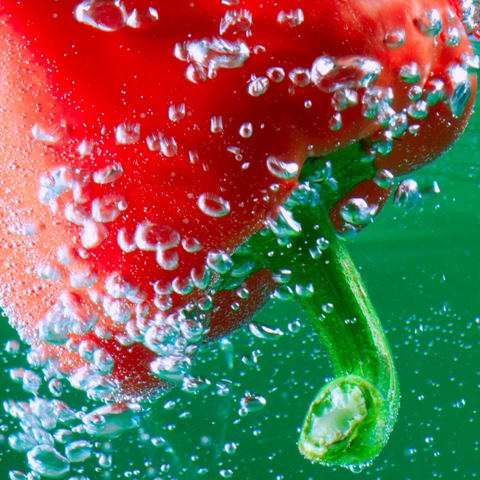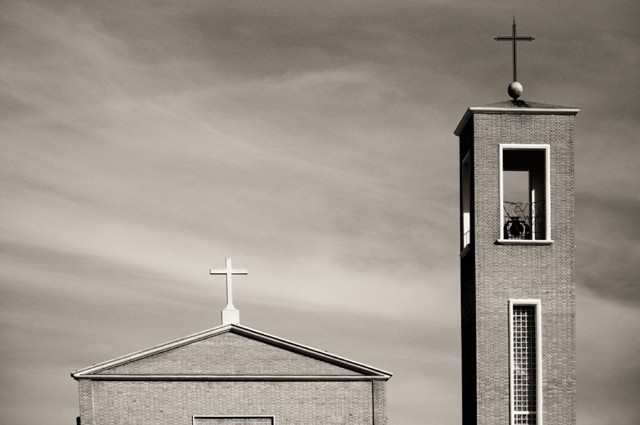10 tips on how to take great photos
Producing a good photograph isn’t necessarily about the equipment you use. A camera is just a tool. It’s also about the composition, framing and perspective you choose. Here are 10 tips which will help you produce better photographs.
1. See things differently
Perspective is what really makes a difference between a snapshot and a professional photo. Move your feet! Crawl under things, get on top of them, look for interesting angles.
It is common knowledge that photos can be manipulated depending on the perspective you choose. Be aware of the effect your photographs have when taken from above (“bird’s eye view”) or below (“worm’s-eye view”). For instance, taking a photo of a person from above could make them look smaller and more insignificant. On the other hand, photographs taken from below could make your protagonist appear tall and imposing. Of course this is only generally speaking, but it is good to keep it in mind.
Also, note that most amateurs don’t change their position when taking pictures of children and animals. They just stay where they are and shoot from above. Try to position yourself at the same eye level with small subjects and see how it can change your photos.
2. Find structures
First, find structures. Photographs making use of structural forms and architecture can look almost like abstract art. Second, break the structures or include some action. You can often improve photographs by looking for an element which breaks smooth and repetitive patterns.
Lines are one of the elements which will bring order and structure into an image. Diagonal lines can make an image look more dynamic. You can, for example, tilt the camera to shoot a picture of an otherwise boring room – it will show the room from a different angle.
3. Frame your pictures
Look for elements in architecture, objects or in nature that create a frame. The most common frame is foliage. You can also try to take photographs of a subject framed by windows or doorways – a straightforward way of drawing the eye’s attention to what is important in an image.
4. Remember the golden section or rule of thirds
More often than not, your picture will become extremely boring if you have put your object right into the middle. Golden section, also known as the rule of thirds, means you divide the image into horizontal and vertical thirds. The main object could then be placed on the intersection of the lines – for instance in the upper left or lower right as the image below demonstrates. A lot of people take holiday snaps at the seaside and place the horizon in the middle. Try something different and use the rule of thirds by placing the horizon either on the upper or lower horizontal line. Check out this excellent video explaining the rule of thirds. Most cameras have a “grid” function that overlays horizontal and vertical lines in the display.
5. Play with what’s in focus
You can also distort normal sharpness on purpose. Taking blurred photographs could also be a stylistic device. For example, try taking pictures of people behind glass covered with rain drops.
6. Shoot Details
It is important to pay attention to details and use close-ups, especially if your photograph will be published online. Users have to make an extra effort because watching things on a computer screen is not as comfortable as having a printed copy. Details capture their attention. Also, details often show things in a new light.
7. Reduce
Be minimalistic. You don’t have to fill the whole frame. Instead, you can leave space above, or below, or near the subject. Create free spaces.
8. Think in colour
Pay attention to stark colour contrasts and saturation. Also note that a photo can sometimes become much more impressive if you have changed it into black and white. You can also try taking photos against the light to produce stunning contrasts. This can add depth to the photo.
9. Capture the moment
Always keep your camera ready for the next shot. You often have just a couple of seconds to capture a particular moment.
10. Learn from the greatest
Never try to be as good as a mediocre photographer. Strive for the best. Find photographers whose works you admire and try to understand why. After you have figured it out, try to copy what you like about their works. It may be an approach to images, emotions, colours, or something else. Learning from the best will help you develop your own style.
Author: Natalia Karbasova













Feedback